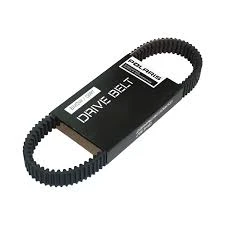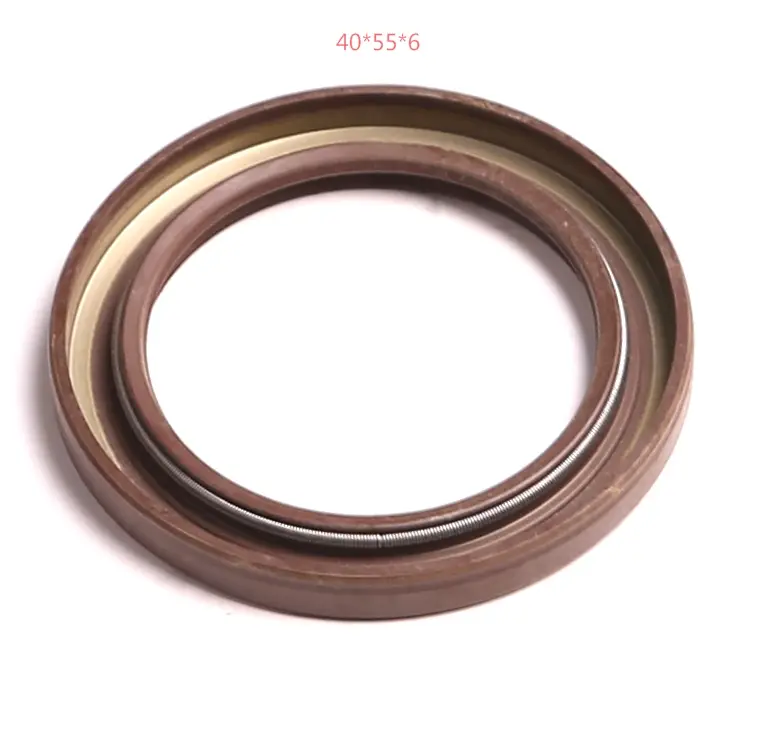There are several key factors to consider when selecting the right oil seal to best protect your application.
Leather is probably the oldest of the lip materials still in common use, but the move towards mass production methods has seen a massive increase in the development of synthetic rubbers which lend themselves to accurate and repeatable injection and compression moulding. Nitrile (NBR) is still by far the most common elastomer for “normal” use, whilst Viton® (FKM/FPM) is rapidly replacing Polyacrylate (ACM) and Silicone (VMQ) for high-temperature applications. Viton® also has high resistance to abrasion and chemical attack making it a preferred elastomer. Recent developments in the use of PTFE for Rotary shaft seals has caused widespread interest particularly for high-speed shaft rotation or poor lubrication applications.
Also, sealant should never be used on the housing and the installation guidelines, as discussed earlier, should be followed.

Shaft seals, dirt seals, grease seals, lip seals, and many other names are only a few of the many names given to oil seals. They are simple components used in rotary shaft machinery to keep oil from leaking and impurities like dust, dirt, and water out. However, an oil seal’s most crucial role is to safeguard all ball, sleeve, and roller bearing types found in rotating shafts. Additionally, the seals stop blending two fluids that shouldn’t mix, such as water and oil.


